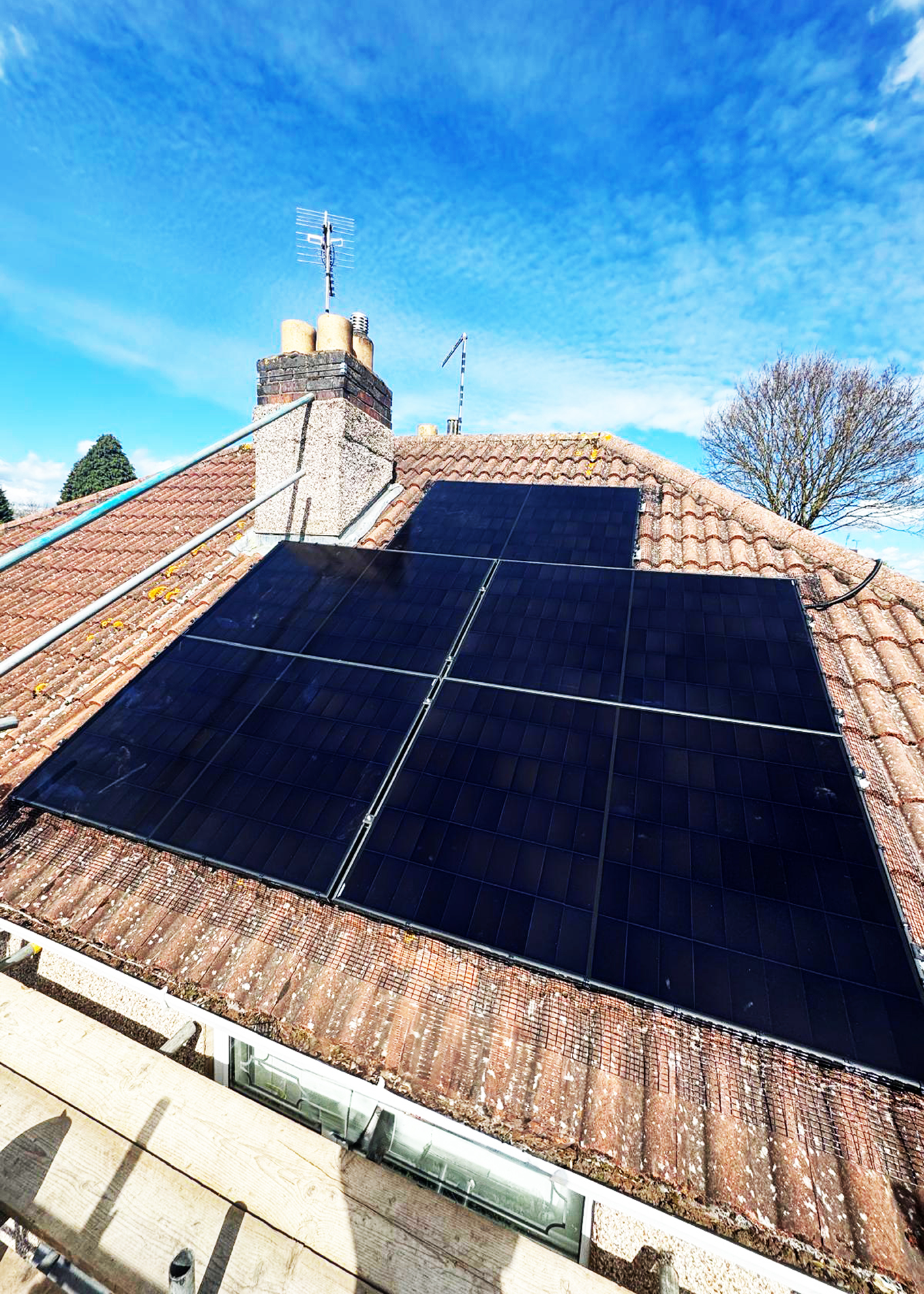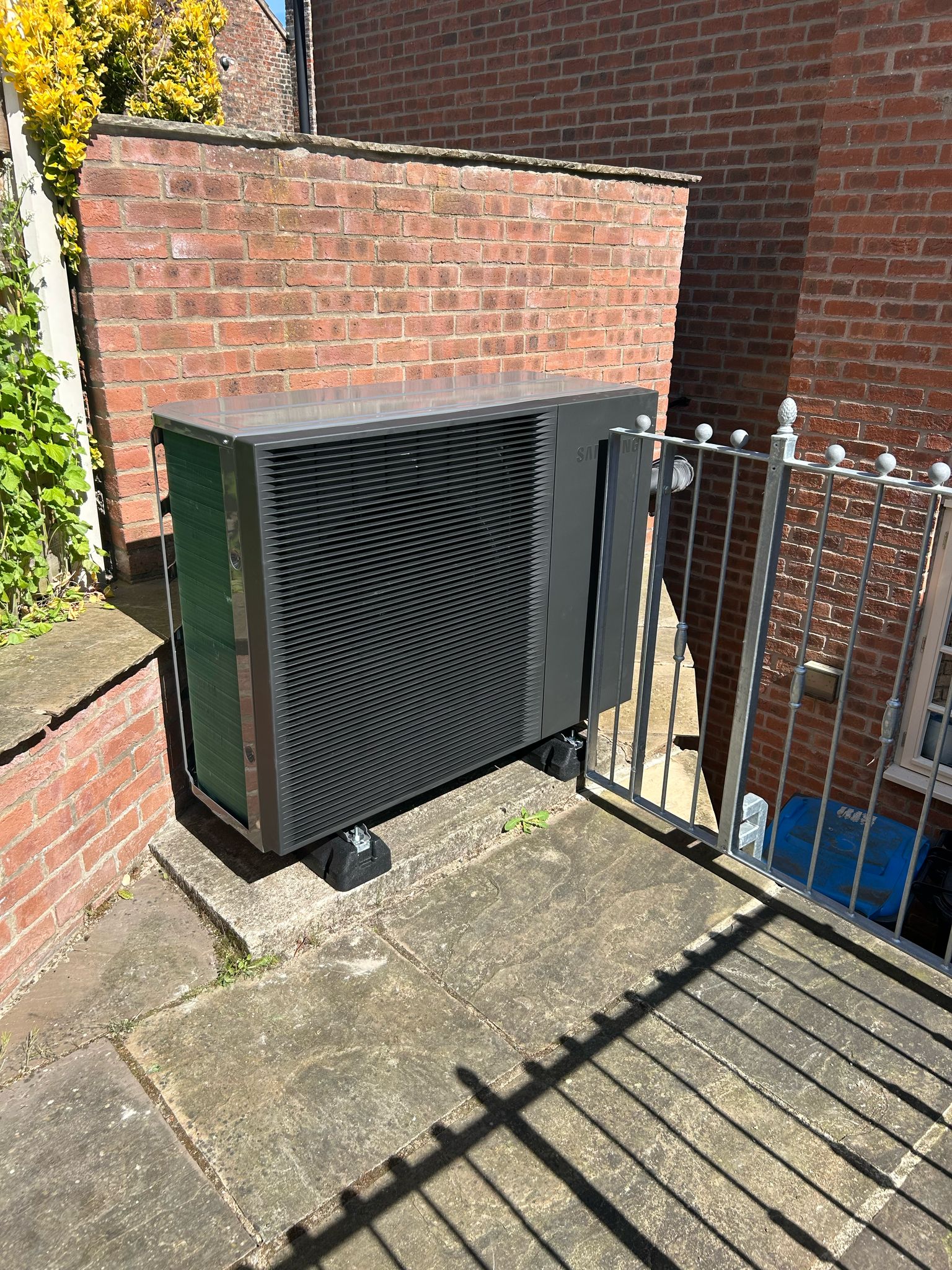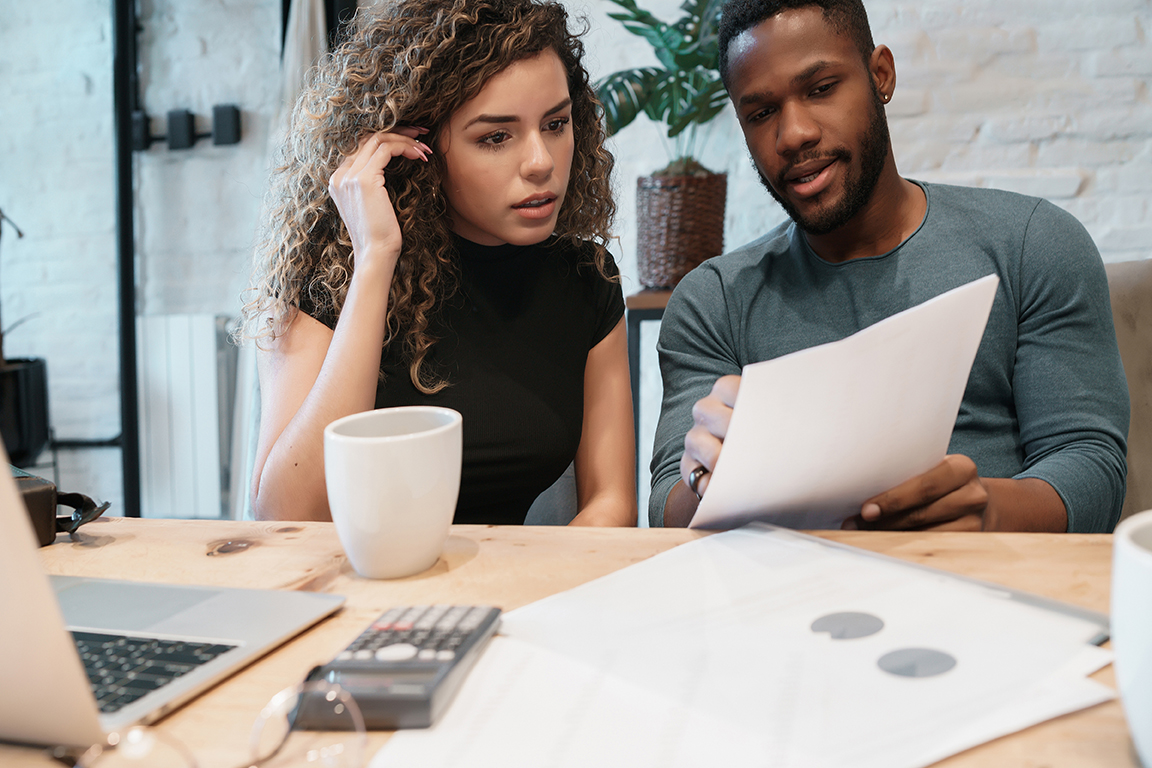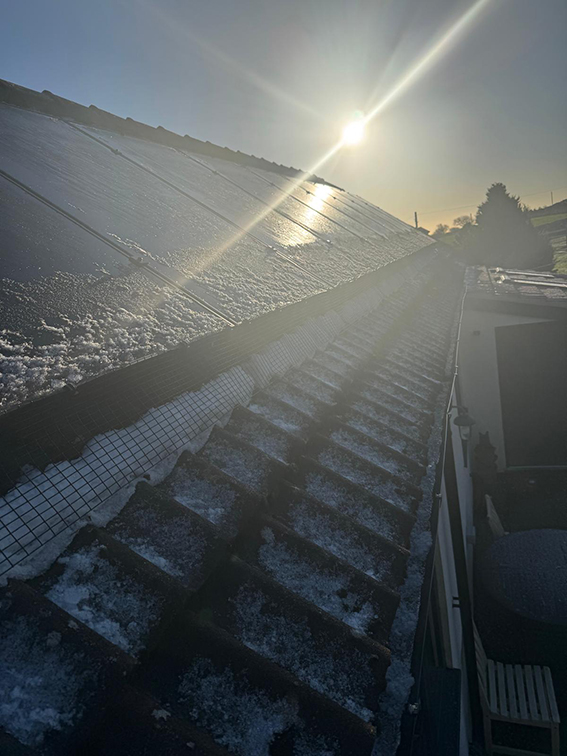
Can I Power My Whole House with Solar Panels?
Yes, and no.
This is a pretty complicated question to answer without getting into the bare bones of what a solar energy system is, what it comprises of and how you use it.
So, lets get into it!
Can I power my house using solar panels alone?
This one is a simple no – unless you want to sit in the dark after the sun goes down.
Solar panels are great for generating power, and often over produce far more power than you actually need in the home.
Unfortunately, no one has yet built a solar panel that will work at night – that’s not an impossible dream as the moon does reflect sunlight, but the weakness of night-time light means it just won’t get a solar panel powered up. Maybe one day.
So, if you want to power your home in the evenings, you need to have a full solar energy system that will include batteries.
What can I power with a solar system?
Strictly speaking you can power your whole house with solar panels and batteries.
When the sun is out between April and October, your panels will be producing way more energy than your house needs.
The problem is the evening and during the night.
In an average family home you can easily fill this need with batteries, but if you have an Electric Vehicle, electric heating or any other ‘high load’ devices, you could soon drain your energy reserves.
What is in a full, 24-hour solar energy system?
You can fill your roof, garage, garden and drive with solar panels, but you still won’t get any power at night.
Plus, solar panels on their own are pretty much useless as they generate DC power which can’t be used in the home.
Inverter
If the solar panels are the heart of a solar energy system, then the inverter is the brain.
The basic function of an inverter is to convert the DC energy your panels generate into AC power you can use in the home.
But, most inverters also control the flow of energy to your home, switching between the different energy sources as needed.
If the inverter just directs, and monitors, the flow of energy from your panels, and the grid, to the house then it’s a 'string inverter'.
However, these are only installed on systems that don’t have battery storage.
If you do have battery storage you would need to add a 'power inverter' too.
Although solar panels produce DC power and batteries are charged with DC power, there is a difference between the 2 and the 'power inverter' will convert the panel power so it can charge the batteries.
If you fit a string inverter first then retrofit batteries, you will need to add a power inverter.
However, most modern systems with batteries use what is called a ‘hybrid inverter' which will convert the power generated by the panels so it can used in the home ... and to charge the batteries.
Inverters can cost from £1500 to £4000 and have 10 – 15 years of usage.
Battery
This is the bit that turns your solar energy system into a 24 hour saving machine!
The sizes and price for solar batteries vary wildly, depending on make and model, so you can fit anything from 2 kWh to 13 kWh in one unit.
Some inverters allow multiple batteries, some systems come with ‘add-ons’ and some have pretty limited capacity to handle charging.
The price of a battery isn't all about the amount of power it stores though – it’s more to do with how many ‘life-cycles’ it can handle.
When a battery goes from ‘fully charged’ to ‘fully discharged’ that is considered a cycle.
If you do one cycle a day, for 10 years, that would 3,650 cycles – most will easily handle 6000 cycles and, with the more expensive batteries, some will handle ‘unlimited’ cycles.
That’s why most batteries will come with a 10-year warranty.
Optimisers
Optimisers are an addition to a solar energy system and are used if some panels suffer from shading or are under performing.
A ‘string’ of panels will only perform as well as the weakest panels in it, so if one panel is shaded it may not generate as much electricity as the others.
That means the that other panels will be dragged down to the level of the under performing panel.
To avoid this, we fit optimisers to the panels that may be shaded or slightly covered.
They fit on the individual panels and can be fitted to as many, or as few as is necessary.
Optimisers aren’t cheap though, they cost between 150 and 200 quid each, but they will last for 20 to 25 years.
Going off grid in the UK
If you are looking to take your home off grid here in the UK then you would need to ensure there was some kind of back up in your home.
You can add a generator into your system which will kick in when your home requires power but there’s nothing coming from the roof or your batteries.
As that’s not a standard thing we do in the UK, the inverter would have to be a slightly more advanced model that allows other inputs as well as the solar/batteries.
You could also add wind turbines and other generators to your energy supply.
Conclusion
Our conclusion is:
You can power your whole home using a solar energy system but it would require a very over spec-ed system.
Domestic solar energy systems are designed to add to your energy supply rather than replace it.
Solar energy systems save customers an absolute fortune by enabling them to generate electricity for free instead of buying it from an energy company.
But l obviously they don’t generate in the evenings, and they are only going to add a little to your energy needs in the winter.
Solar energy systems save money, reduce your carbon footprint and add value to your home - so they are worth it, even if you can't go 'off-grid'.


